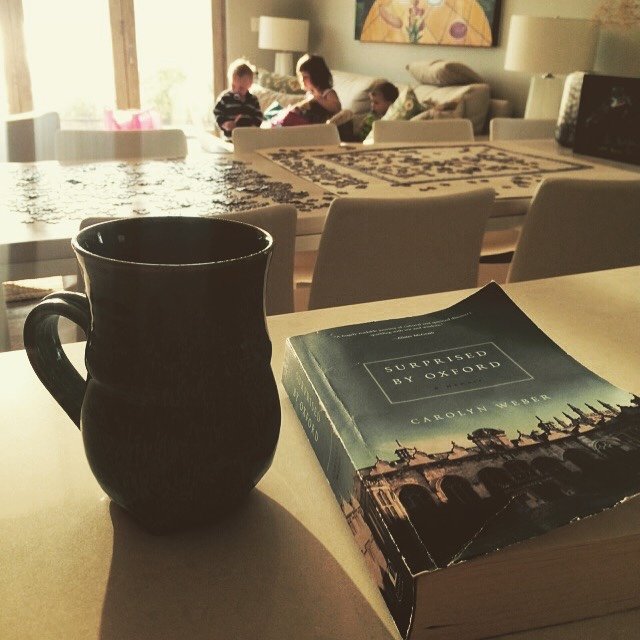Embrace the Pause
Luddite Club, nytimes.com
This fall, I began a project helping Virginia Tech University create a multi-year campus-wide digital well-being campaign educating on the benefits of mindful technology use. The first of its kind in America.
What’s been most surprising to me in my early research interviewing students, faculty, and staff, is professors and administrators' fear of setting digital mandates or requirements of students at all.
I understand the fear. My 9-year-old son’s will of steel forces me to fold more times than I’m proud of. Do I want him to follow through on his responsibilities and take out the trash? Yes. Am I willing to reap his wrath at 8:11 in the morning? No. May as well make both of our lives easier and accommodate him. But what is he learning?
At Virginia Tech, we are focused on creating educational initiatives, positive campus-wide messaging, and classroom and residence interventions to equip students and faculty with concrete tools and strategies to use technology intentionally. Our overarching goal is student flourishing — prioritizing academic success and overall well-being so they can live joyful lives on campus and beyond.
Tech breaks are a key component.
I can’t help but picture the NYC Luddite Club kids (have you heard about them yet?) on this campus.
In fact, I am advising the university to create free, phone-free play areas on campus — removing financial barriers to joyful pastimes. They’d already been imagining screen-free lounges in recent campus designs and have recently launched a Residential Well-Being model, putting more social, emotional, and physical resources directly into students’ living environments.
As we move forward with this work, I keep coming back to the question, what can encourage students to put down the devices and engage (with books, each other, the world, etc.)?
At the core, we are helping students reorder their desires — teaching them to want the relationships and habits that lead to their flourishing.
Back at home, with my own children ages 13, 11, and 9, we are living our own best 21st-century Luddite life. We prioritize paper books and in-person connections. Our kids have no phones and we have no intention of giving them one. They have iPads for messaging friends, school, and personal projects and those devices are limited to common areas in the home.
Our family has chosen to build a place-based life, choosing the local public school for its walkability and hosting an annual Halloween pumpkin carving party for our neighbourhood for five straight years. It’s a way of living that brings us meaning and joy.
My husband and I are emboldened in our decision to dictate our children’s device use by the best available research on cyber-based stress, loneliness, and cognitive outcomes.
We teach our kids how to navigate the digital world, rather than shielding them from it, following the advice of Dr. Alexandra Samuel to be our kids’ tech teachers. We put in the work to understand the technology, engage in it with our children, and set boundaries on their behalf.
In an era of digital-first design, practical approaches are needed to effectively support young people’s success and mental health in a world of limited resources. As psychologist Jocelyn Brewer playfully points out, no one wants a TikTok free-for-all playground, or the powerful pull of devices to interrupt learning. Young people appreciate boundaries and guidelines when they're clear and consistent (and consulted on how they're enacted).
It’s what all (young) people need.
This holiday, I hope you’ll embrace the natural pause and enjoy the best this life has to offer: joyful communion with family and friends.



